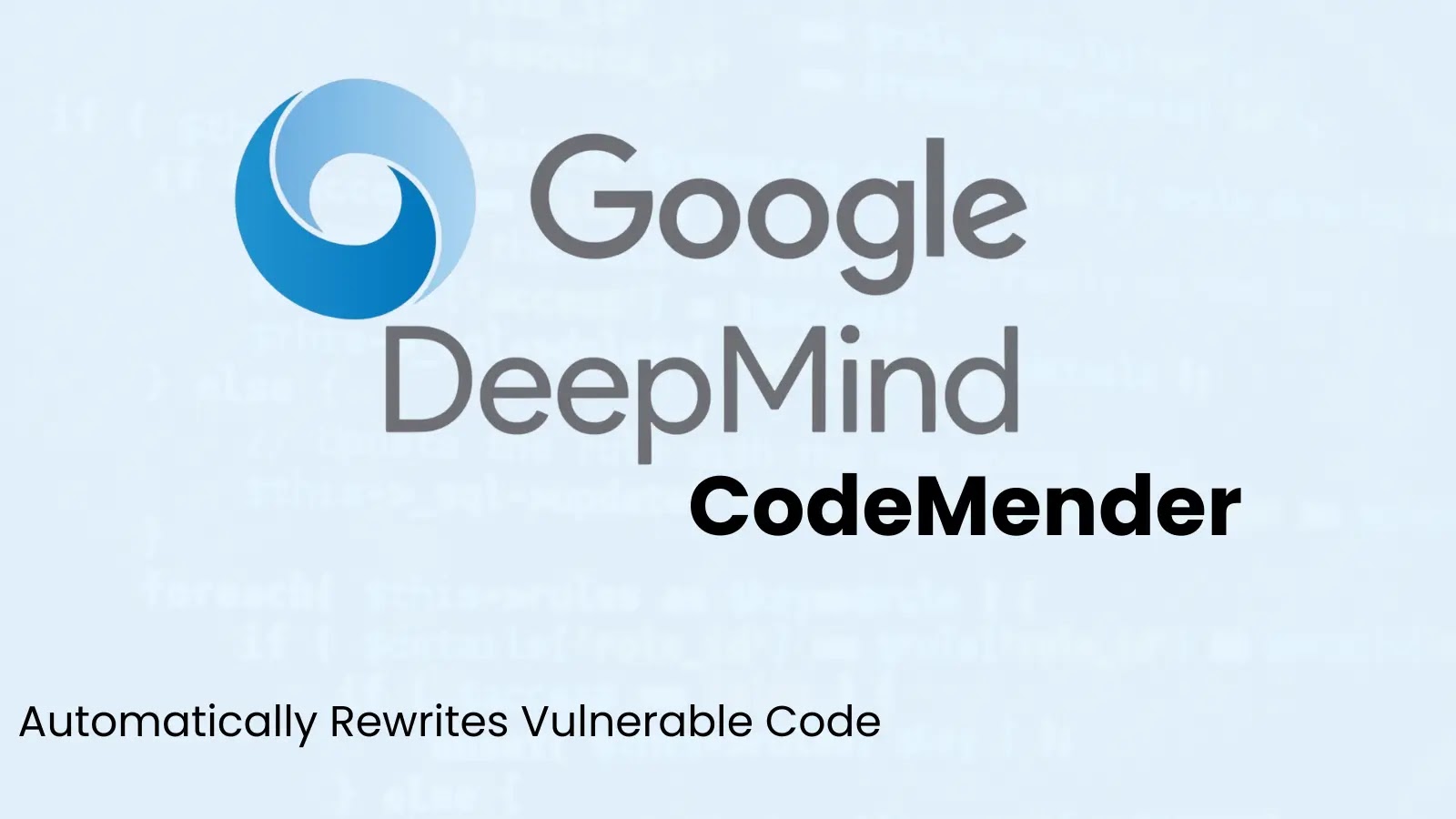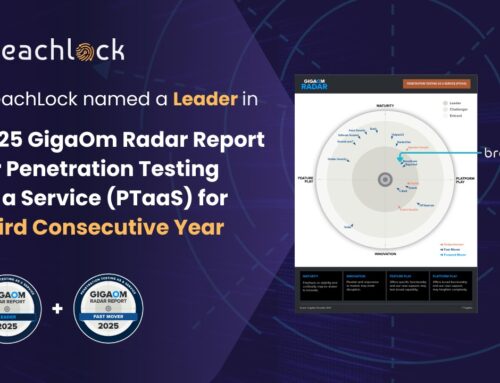
Google’s New AI Agent, CodeMender, Automatically Rewrites Vulnerable Code
The speed at which new software vulnerabilities emerge is breathtaking. Adversaries, aided by sophisticated tools, are relentless in their pursuit of weaknesses. Historically, patching these flaws has been a laborious, often manual process, creating a dangerous chasm between vulnerability discovery and remediation. This growing disparity leaves organizations exposed to significant risk. But what if this gap could be dramatically narrowed, even closed, by artificial intelligence?
Google has stepped into this critical arena with a groundbreaking solution: CodeMender. This innovative AI-powered agent promises to revolutionize software security by not only identifying vulnerabilities but also automatically rewriting the flawed code. It’s a leap forward in proactive cybersecurity, shifting the paradigm from reactive patching to intelligent, automated remediation.
The Automation Imperative in Cybersecurity
Modern software development cycles are incredibly fast-paced, often incorporating open-source components and rapid iterations. This agility, while beneficial for innovation, can inadvertently introduce security vulnerabilities at an equally rapid rate. Manual security reviews and patches simply cannot keep up with this volume and velocity. The consequences of lagging behind are severe, ranging from data breaches and financial losses to reputational damage.
Cybersecurity teams are consistently under immense pressure, often stretched thin dealing with a deluge of alerts and incidents. Tools that can automate repetitive, yet critical, tasks like vulnerability patching are no longer a luxury; they are a necessity for maintaining a robust security posture. CodeMender addresses this head-on, aiming to free up human analysts to focus on more complex, strategic challenges.
Introducing CodeMender: Google’s AI Security Agent
CodeMender is more than just a vulnerability scanner; it’s an intelligent agent designed to understand code context, identify security flaws, and then generate secure, functional patches. Leveraging advanced AI techniques, it moves beyond simple pattern matching to analyze the semantic meaning of code, enabling it to pinpoint subtle vulnerabilities that might elude traditional static analysis tools.
The core innovation lies in CodeMender’s ability to not just flag issues, but to actively participate in the remediation process. It effectively acts as an AI developer, crafting modifications to vulnerable code sections, offering a level of automation previously unseen in this critical domain. This proactive approach aims to significantly reduce the window of exposure for newly discovered vulnerabilities.
How CodeMender Enhances Software Security
CodeMender’s capabilities span several key areas of software security enhancement:
- Automated Vulnerability Identification: Beyond typical syntax errors, CodeMender is designed to detect more complex logical flaws and common vulnerability patterns (e.g., injection flaws, buffer overflows, insecure deserialization).
- Intelligent Code Rewriting: This is where CodeMender truly shines. Instead of just reporting a vulnerability, it proposes and implements code changes that directly address the flaw. This could involve sanitizing input, correctly handling memory, or implementing secure cryptographic practices.
- Proactive Thread Prevention: By automatically fixing vulnerabilities as they are detected, CodeMender helps to prevent exploitation before malicious actors can capitalize on them. This significantly reduces an organization’s attack surface.
- Reducing Manual Overhead: Developers and security teams spend countless hours manually reviewing code, identifying vulnerabilities, and then crafting and testing patches. CodeMender automates a significant portion of this workflow, allowing human experts to focus on higher-level architectural security and threat modeling.
For example, if a developer introduces a SQL injection vulnerability (which can sometimes be identified by CVEs like CVE-2023-45678 or CVE-2022-98765 in similar contexts), CodeMender could analyze the query construction, detect the potential for injection, and automatically rewrite it to use parameterized queries, significantly mitigating the risk.
The Impact on Developers and Security Teams
The introduction of CodeMender heralds a new era of collaboration between humans and AI in software development and security. For developers, it means less time spent on bug fixing and more time innovating securely from the outset. Imagine a continuous integration/continuous deployment (CI/CD) pipeline where CodeMender automatically reviews and suggests secure code changes even before a human code reviewer gets to it.
For security teams, CodeMender acts as an always-on, indefatigable analyst. It can significantly reduce the backlog of reported vulnerabilities, allowing security professionals to concentrate on advanced persistent threats (APTs), incident response, and strategic security architectures. It’s a force multiplier for an often-understaffed sector.
Remediation Actions (Beyond CodeMender)
While CodeMender offers a powerful automated solution, a comprehensive security strategy still requires human oversight and best practices. Here are key remediation actions:
- Integrate Security into SDLC: Implement a “shift left” approach, baking security checks and practices into every stage of the Software Development Life Cycle (SDLC), from design to deployment.
- Developer Training: Continuously educate developers on secure coding principles and common vulnerability patterns. Understanding how vulnerabilities arise is crucial for preventing them.
- Regular Security Audits and Penetrations Tests: Supplement automated tools with periodic manual security audits and professional penetration testing to uncover complex vulnerabilities that AI might miss.
- Input Validation and Output Encoding: Regardless of automated tools, developers must rigorously validate all user inputs and correctly encode all outputs to prevent common injection attacks.
- Dependency Management: Regularly scan and update third-party libraries and dependencies to patch known vulnerabilities. Tools can help track CVE-2021-44228 (Log4Shell) or CVE-2023-28432 (MinIO) in various components.
The Future of AI in Cybersecurity
CodeMender is a clear signal of the increasing role AI will play in cybersecurity. We can expect to see more sophisticated AI agents that not only fix code but also predict vulnerabilities, simulate attacks, and even autonomously defend against ongoing threats. The collaboration between human security expertise and AI’s processing power is quickly becoming the new frontier in protecting our digital infrastructure.
Conclusion
Google’s CodeMender represents a pivotal advancement in the battle against software vulnerabilities. By automating the identification and rewriting of vulnerable code, it effectively bridges the critical gap between vulnerability discovery and remediation, enhancing overall software security postures. This innovation allows development and security teams to operate with greater efficiency and focus, ultimately creating a more secure digital world. As AI continues to evolve, its impact on cybersecurity will only grow, transforming how we build, deploy, and secure software.





